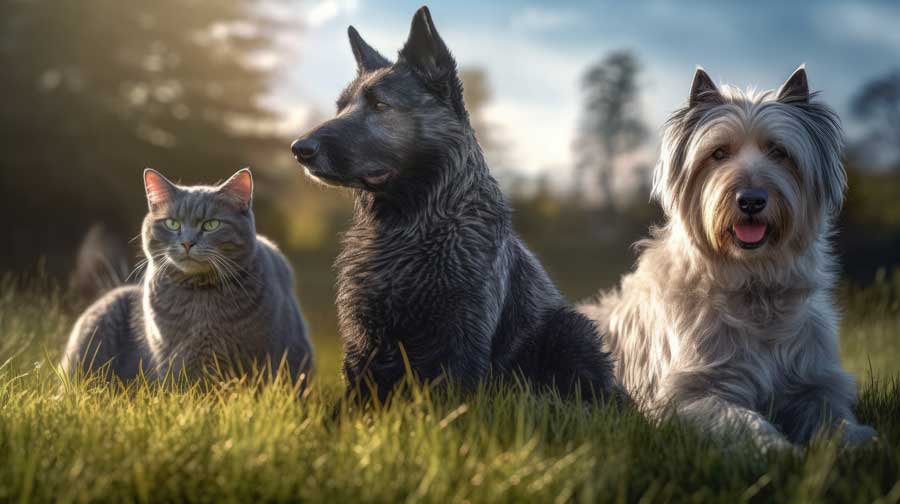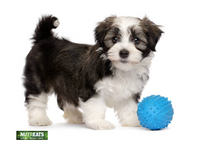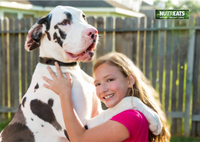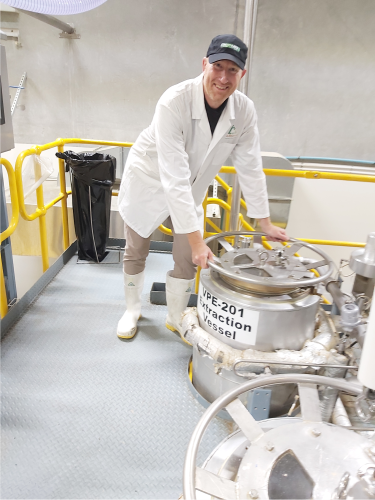Why Cats’ Joints Are More Flexible Than Dogs’
Ben WintersCats and dogs, two of the most beloved household pets, exhibit distinct differences in both physical attributes, such as joint flexibility, and in their behaviour.
Dogs come in a broad spectrum of sizes and shapes due to extensive selective breeding. This diversity, aimed at enhancing traits for specific roles like hunting, herding, or companionship, has also influenced their behaviour, making them generally more trainable and sociable.
However, when it comes to joint flexibility, dogs fall short compared to cats.
Cats possess a remarkable range of motion in their joints, especially in the spine, which allows them to twist, turn, and leap with incredible agility. This greater flexibility is a result of their unique skeletal structure, where the bones in the spine and limbs are constructed to allow for a wider range of movement. This agility is not only a physical trait but also mirrors their independent and adaptable behaviour.
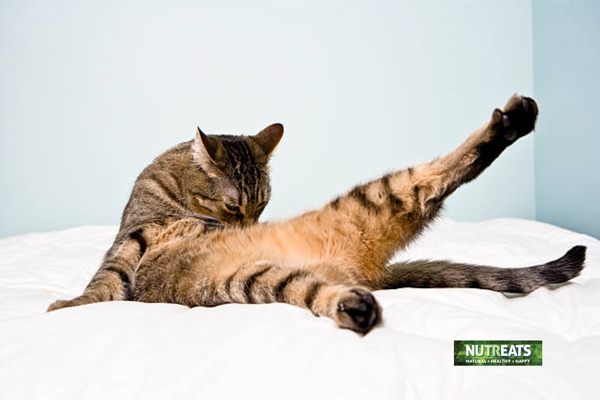
The communication and social behaviours of cats and dogs also highlights their evolutionary differences.
Dogs, as descendants of wolves, use a variety of vocalisations and body language, indicative of their pack-oriented nature. Cats, although capable of diverse vocalisations, primarily rely on subtle body language and facial expressions for communication.
This difference in social interaction is also reflected in their territorial behaviours, with cats tending to be more solitary and less social with unfamiliar animals or humans compared to dogs.
The superior flexibility of cats' joints is a key physical attribute that distinguishes them from dogs. This flexibility enhances their survival capabilities, enabling them to navigate tight spaces and escape predators or threats with ease, a trait that has been less prioritised in the evolutionary journey of dogs.
The spine of a cat is a marvel of nature, uniquely designed to afford extraordinary flexibility and agility.
Unlike the human spine which has 24 vertebrae, cats have a few more - typically around 30, including 13 thoracic, 7 lumbar, 3 sacral, and 13 or more caudal vertebrae. This increased number of vertebrae, particularly in the lumbar and thoracic regions, grants cats an enhanced range of motion.
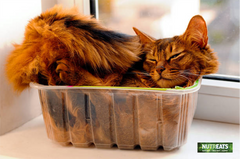
Additionally, the vertebrae in a cat's spine are connected by a type of joint known as a 'gliding joint', which allows smoother and more flexible movement. The spinal muscles are also highly developed, aiding in their remarkable flexibility. This enables cats to perform incredible feats like twisting their bodies mid-air and always landing on their feet, a trait known as the righting reflex.
In contrast, the dog's spine is generally less flexible.
Dogs typically have 27 vertebrae in their spine, including 7 cervical, 13 thoracic, 7 lumbar, 3 sacral, and a variable number of caudal vertebrae. The structure of a dog's spine is more rigid, designed to support endurance and strength rather than the extreme flexibility seen in cats. This difference is particularly noticeable in the lumbar region, where dogs have fewer vertebrae and less flexibility compared to cats.
Dogs, bred for various functionalities like running or pulling, have a spine that supports these activities, but it does not allow for the same level of twisting and bending that a cat's spine does. This structural difference underlines the distinct evolutionary paths and survival strategies of these two popular pets.
Cats have a unique muscle composition that adds to their extraordinary flexibility.
One of the key aspects is the high proportion of fast-twitch muscle fibres in cats. These fibres are designed for speed and agility, allowing for rapid, powerful bursts of movement. This type of muscle fibre contracts quickly and is highly effective for the sudden, explosive actions cats are known for, such as leaping to great heights or pouncing on prey.

Furthermore, the muscle structure around the cat's spine and limbs is tailored to support their flexible skeletal structure. The muscles are elongated and supple, providing the necessary support without restricting movement. This allows cats to arch their back to extreme degrees, twist their bodies mid-air, and squeeze through tight spaces with ease.
In contrast, dogs typically have a more balanced composition of fast-twitch and slow-twitch muscle fibres. Slow-twitch fibres are designed for endurance and sustained activity, which aligns with the evolutionary role of dogs in activities like hunting, herding, and long-distance running.
While dogs certainly possess agility and strength, their muscle composition is geared more towards these endurance tasks rather than the explosive, short-burst activities that cats excel in.
Additionally, the muscle structure in dogs is generally more robust, supporting their often larger and heavier frames. This robustness, while contributing to strength and stamina, does not allow for the same level of spinal flexibility seen in cats.
The muscles in dogs are designed to support a range of motion suitable for their diverse breeds and roles but are not as specialised for the extreme flexibility and agility characteristic of feline movement.
The evolutionary journey of cats has intricately shaped their bodies for flexibility, a necessary adaptation for hunting and survival.
In the wild, cats are solitary hunters, relying on stealth and agility to capture prey. This hunting strategy has driven the evolution of their flexible spine and powerful muscles, allowing for sudden bursts of speed and the ability to make high, precise jumps. The structure of their joints, particularly in the spine, shoulders, and hips, provides an exceptional range of motion.
This flexibility is not just about capturing prey; it also aids in avoiding predators and navigating through complex environments. Their ability to contort their bodies and squeeze through tight spaces is a direct outcome of these evolutionary pressures.
The elongated and flexible muscles, combined with a specialised skeletal structure, enable cats to stalk and pounce with remarkable efficiency, a testament to their evolution as adept solitary predators.
The evolution of dogs has followed a different path, largely influenced by their role as pack animals and their domestication by humans.
While agility and strength are part of their physical traits, dogs have been bred for traits like endurance, sociability, and varied functional abilities such as guarding, herding, and companionship. This breeding has led to a more robust and less flexible body structure compared to cats.
Dogs' muscles are built for stamina and sustained activities, such as long-distance running or herding, which are integral to pack hunting or working alongside humans.
Their social hunting strategy, as opposed to the solitary approach of cats, relies less on extreme flexibility and more on cooperation, endurance, and the ability to follow trails over longer distances.
Thus, while both cats and dogs possess physical attributes honed by evolution for specific survival strategies, the emphasis on flexibility is far more pronounced in cats, aligning with their role as solitary hunters and agile predators.
Cats are renowned for maintaining their remarkable flexibility throughout their lifespan, a trait that significantly contributes to their overall health and agility as they age.
Even in their senior years, many cats continue to display a high degree of suppleness and range of motion. This enduring flexibility is partly due to their unique skeletal and muscular structure, which is less prone to the rigidity that can accompany ageing.
Cats' joints and muscles generally retain their elasticity longer than those of many other animals, including dogs. This sustained flexibility aids in their continued ability to engage in activities such as climbing, jumping, and playful behaviour, which are crucial for their physical and mental well-being.
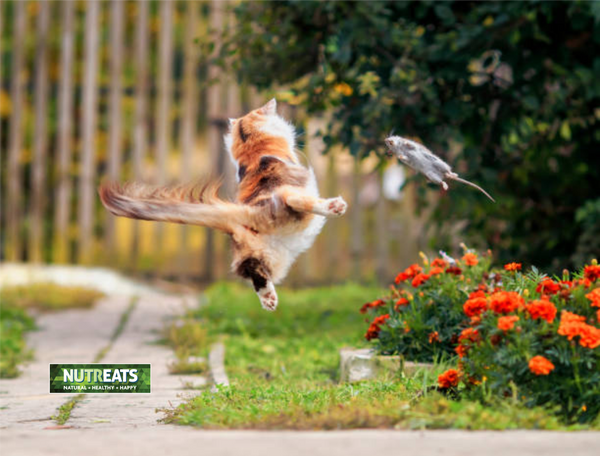
However, like all animals, cats are not immune to age-related decline, and their flexibility can decrease due to factors like arthritis or muscle loss, but the onset and impact of such conditions tend to be less severe compared to dogs.
Dogs, on the other hand, often experience a more noticeable decline in flexibility as they age than cats.
This decrease can be attributed to several factors, including breed-specific predispositions, the onset of arthritis, or other joint-related issues. Larger breeds, in particular, are prone to conditions like hip dysplasia or osteoarthritis, which can significantly impair their range of motion and flexibility.
In both cats and dogs, health issues such as obesity, lack of exercise, or specific injuries can further impact their flexibility.
For dogs, regular exercise and weight management can help maintain joint health, while for cats, engaging in activities that stimulate their natural agility can be beneficial.
Veterinarians may also recommend supplements or medications to support joint health in ageing pets. Overall, while cats generally maintain better flexibility throughout their lives compared to dogs, attention to health, diet, and exercise is vital for both species to help preserve their mobility and quality of life as they age.
Cats’ joints are more flexible than dogs’ because of differences that have been shaped by evolutionary, anatomical, and physiological factors.
Cats, with their unique spine structure, higher proportion of fast-twitch muscle fibres, and evolutionary adaptation for solitary hunting, exhibit remarkable flexibility that enhances their predatory efficiency and agility. This flexibility is maintained throughout their lifespan, aiding in their overall health and well-being even into old age.
Dogs evolved primarily as pack animals and were selectively bred for various functionalities, so they possess a more robust and less flexible body structure. While they demonstrate strength and endurance, their spinal and muscular composition does not allow for the same level of flexibility as seen in cats.
These differences highlight the distinct evolutionary paths of these two beloved species, underscoring the specialised adaptations that cats have developed for agility and survival.

